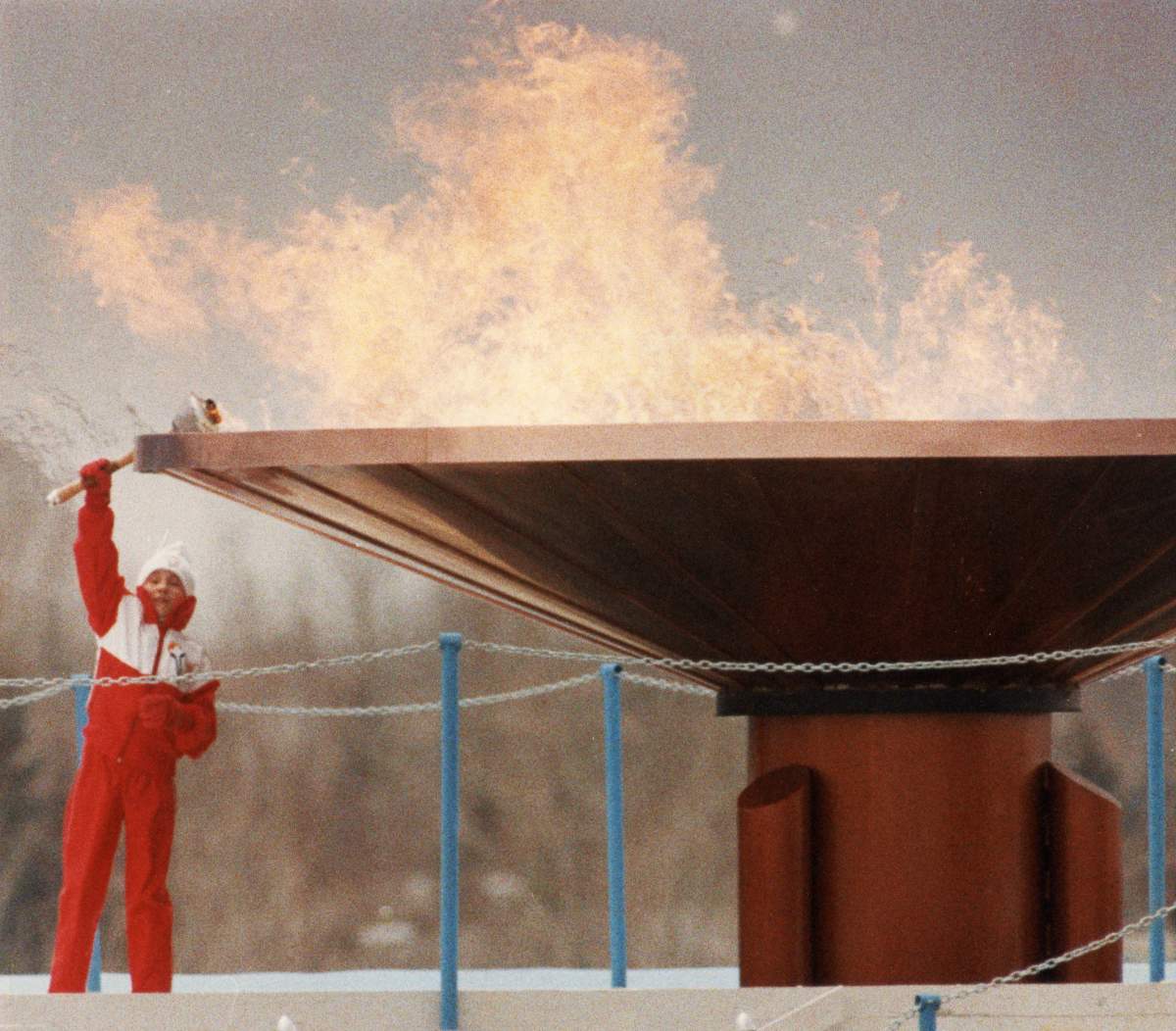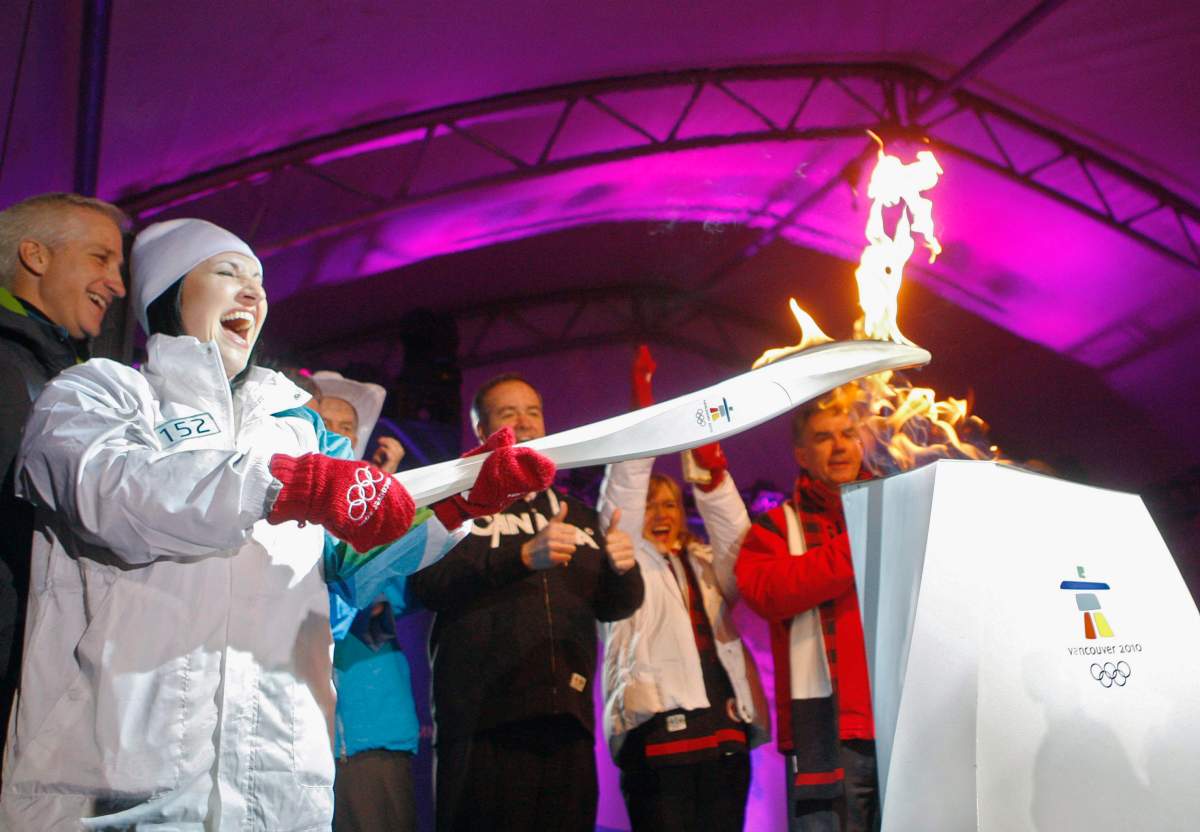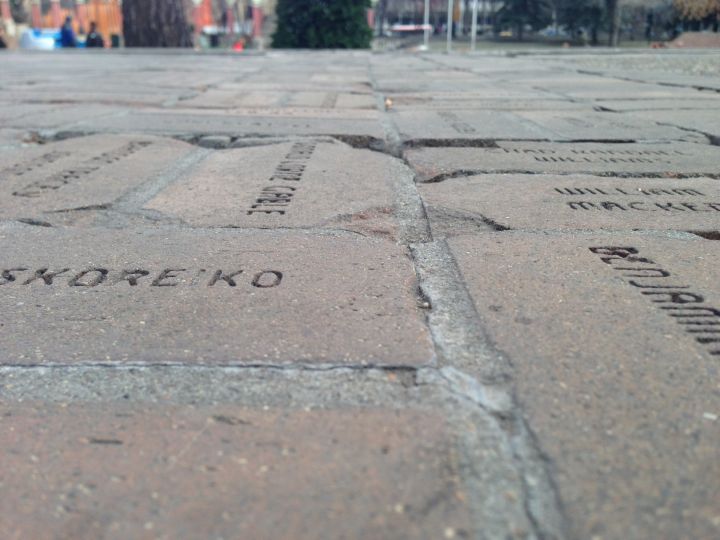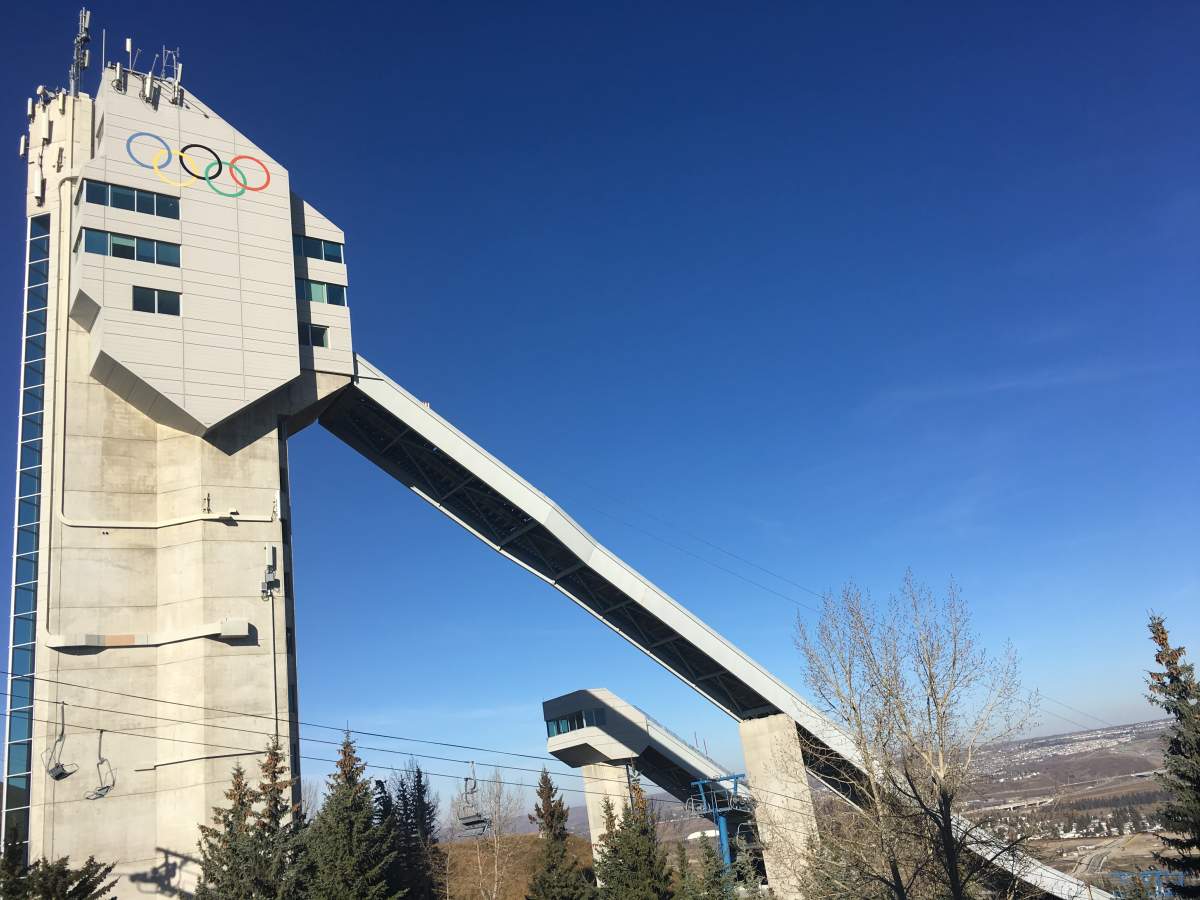It’s the 35th anniversary of the 1988 Winter Olympic Games in Calgary and the final torchbearer is looking back with fond memories.

Robyn Ainsworth, then Robyn Perry, was 12 years old when she was chosen to for the role. She kept it a closely guarded secret until the big moment arrived.
“Nobody knew except for my family and the people organizing it quite high up,” she says.
Ainsworth herself only knew for the week leading up to the big day.
She admits that her youth meant she didn’t realize at the time the pressure: the eyes of the world were watching her every move.
“I was probably too young to recognize exactly what was going on” she says.
“Plus I played quite a big role in other parts of the Olympics. I sang and danced at the medal presentations and I was skating in the closing ceremonies as well, so to do this was just an extra.”
So how did the giant cauldron, located in at McMahon Stadium, feel as it was being lit?
“Just like a campfire,” she laughs.
She participated in a single run-through to determine the proper height of the cauldron, which moved up and down. It stopped slightly higher than her, so that her “hair wouldn’t catch on fire.”
“When they did that, they had to clear out the whole entire stadium,” she said. Just a few people remained inside, as to keep all the details under wraps.
Ainsworth’s life was forever changed because of her Olympic moment.
She travelled to the Games in Seoul, South Korea as Canada’s goodwill ambassador. She carried the torch for the Vancouver Games in 2010.
She also has quite an impressive haul of memorabilia which include scrapbooks, outfits and photographs.

Get daily National news
She met many famous people, including athletes and royalty.
“It was an amazing experience to have,” she says warmly, noting Calgary’s hospitality was what truly put it over the top.
“It was literally a party. A really good, happy party. Everyone pitched in and it was an experience. It was wonderful.”
The volunteer spirit was also a highlight for Olympian Kerrin Lee-Gartner. She competed in Alpine skiing in 1988, later winning gold at the Games in 1992.
“I still love the volunteer jackets that pop up in the city from time to time,” she says.
“We talk about legacy and often legacy, it can be a building. It can be a structure. But I think the legacy that Calgary Olympics left are all those volunteers that were in their 20s and 30s who raised their kids with that mindset.
“I think that Calgary grew into the city that it is because of that.”
The CEO of Heritage Calgary agrees. Josh Traptow credits community leaders who managed to turn a grassroots bid into the worldwide spectacle it became.
“Real city builders. Boosters of our city that wanted to see Calgary continue to be put on the international map,” Traptow explains.
“People who gave money to put their name on a brick at Olympic Plaza still will go and find their brick. When the city has talked about renovating and updating Olympic Plaza, the calls the city and we would get would be, ‘What will happen to my Olympic brick?’
“People still have that affection 35 years later for what was probably a $5 brick.”
Many of the sporting venues built for the games are aging, some are out of commission or have been demolished.
Despite a failed attempt to create a bid in 2018 for the 2026 Winter Games, there lingers a feeling with some residents to host again.
“I think people want to see it hosted. But for so many reasons, whether it’s politically, financially I think it’s a big decision to make,” says Traptow. “But I think it would be wonderful to see the games return to Calgary and to see that magic of ’88 come back.”
“I would’ve liked to see it come back. I’m not sure now if it will. But I would’ve liked that,” says Ainsworth.










Comments